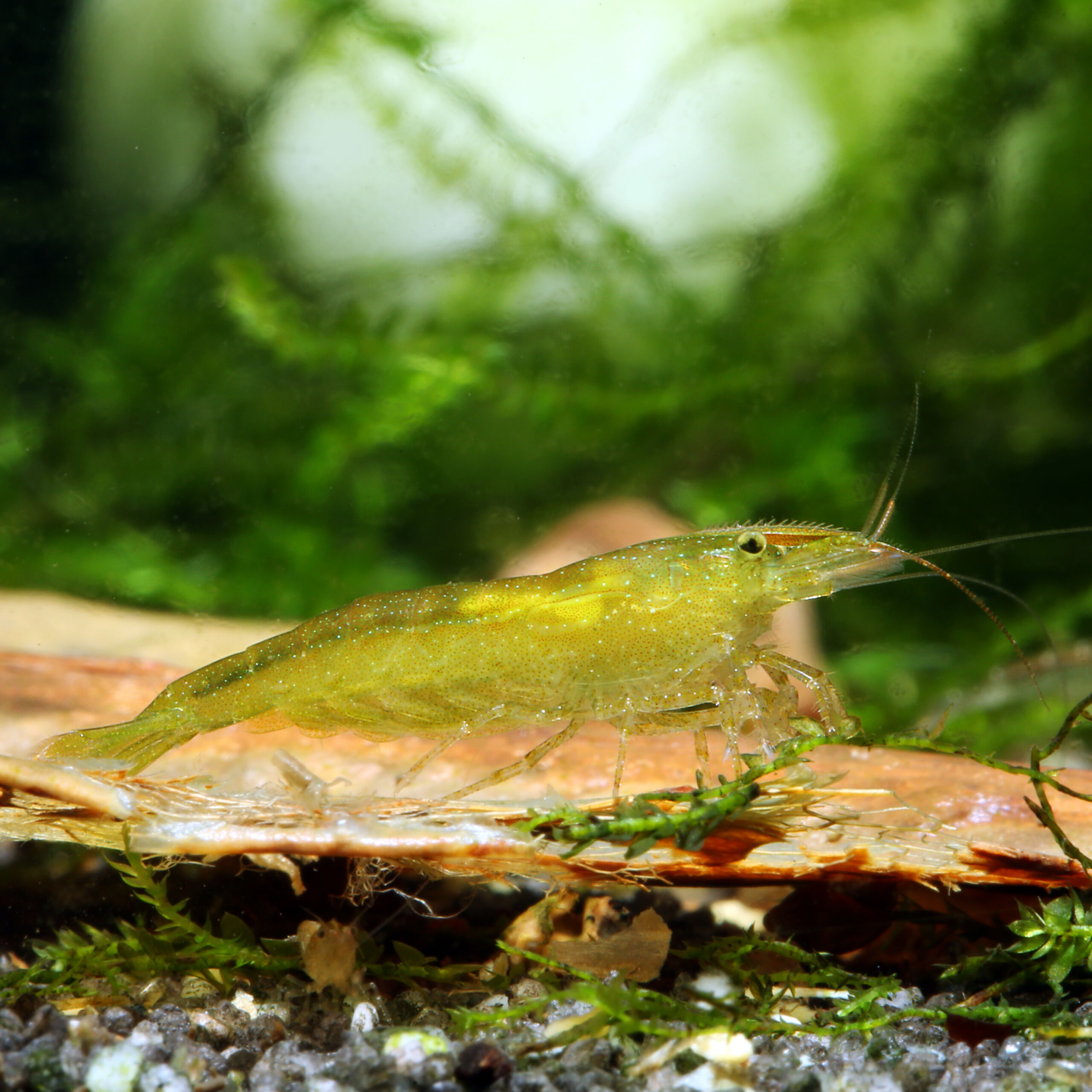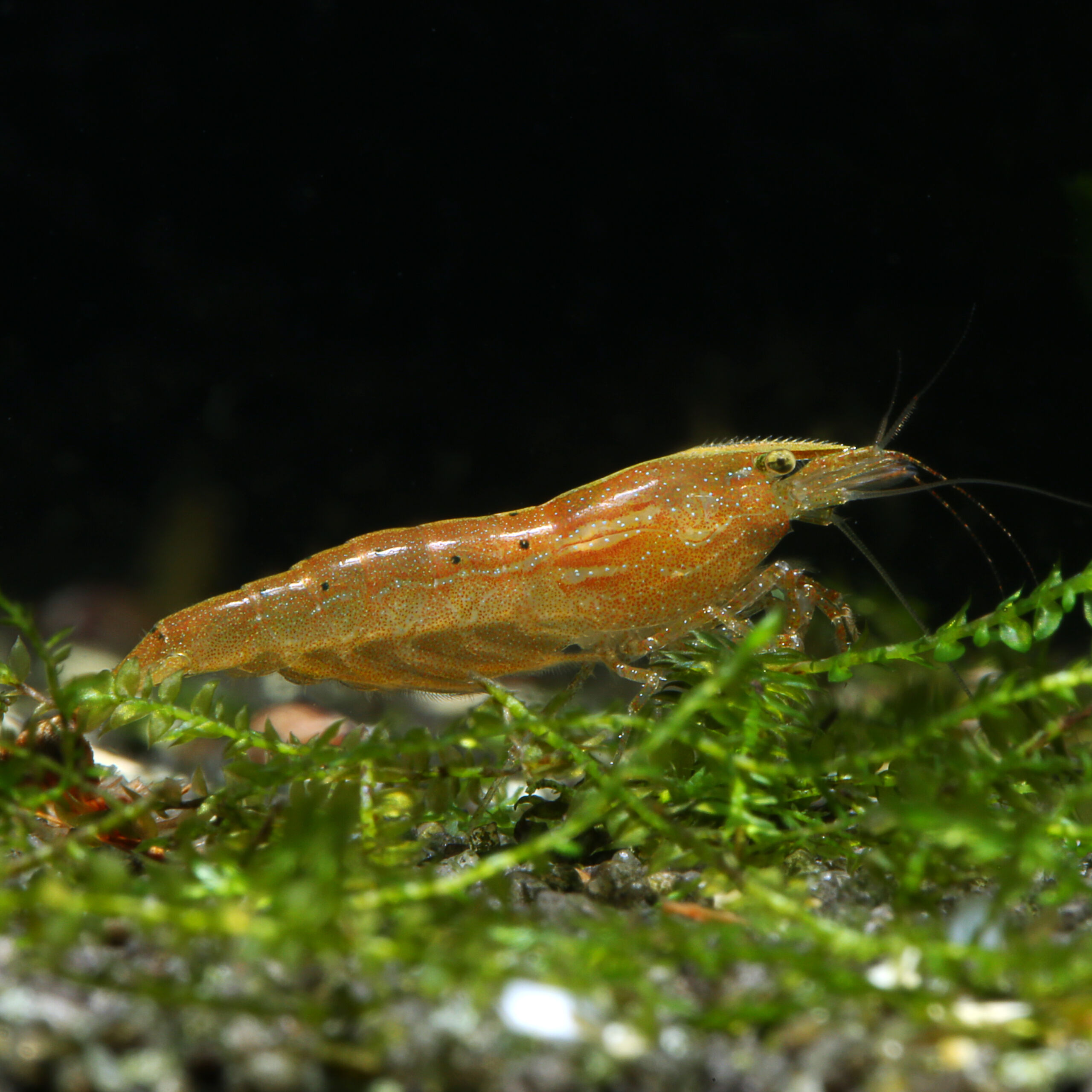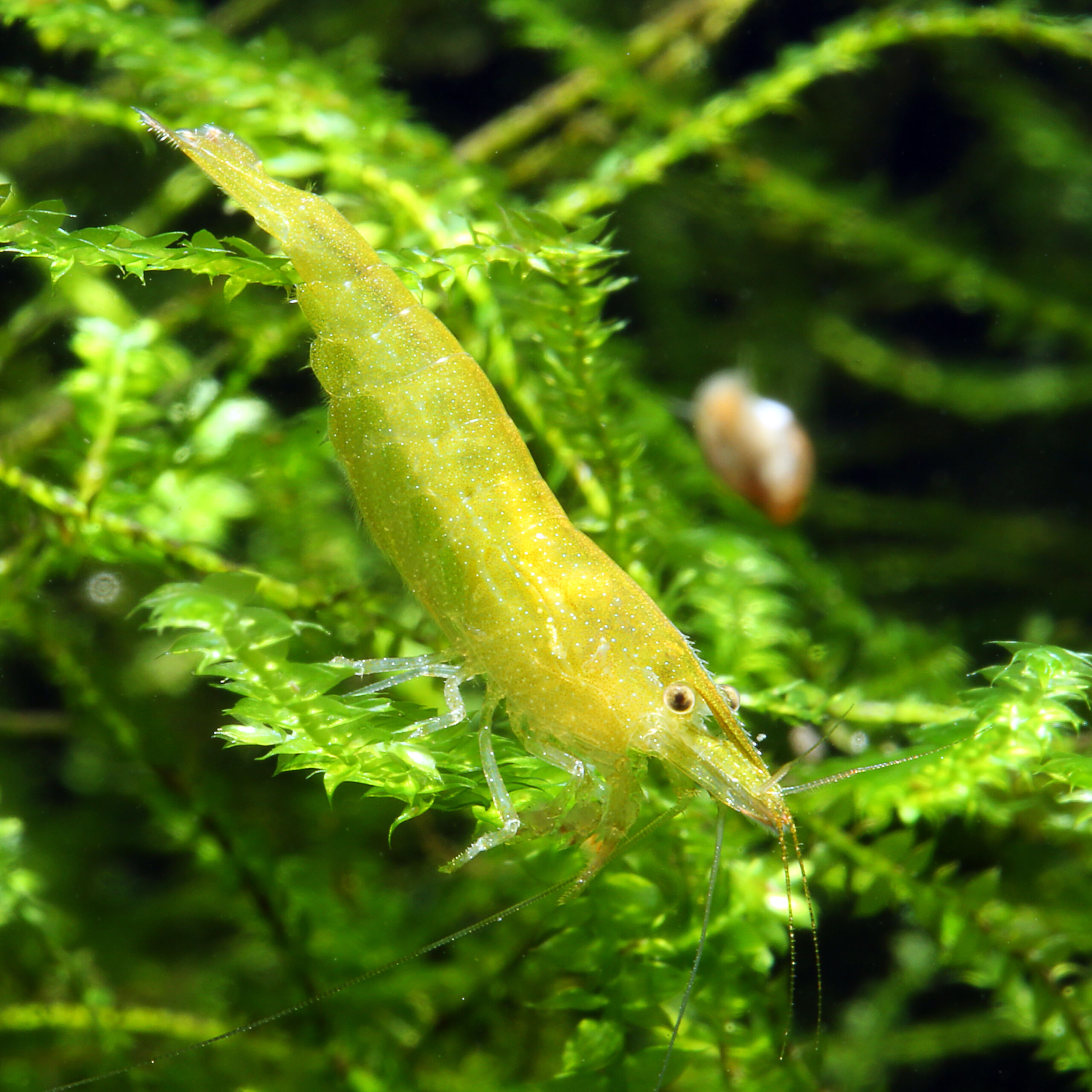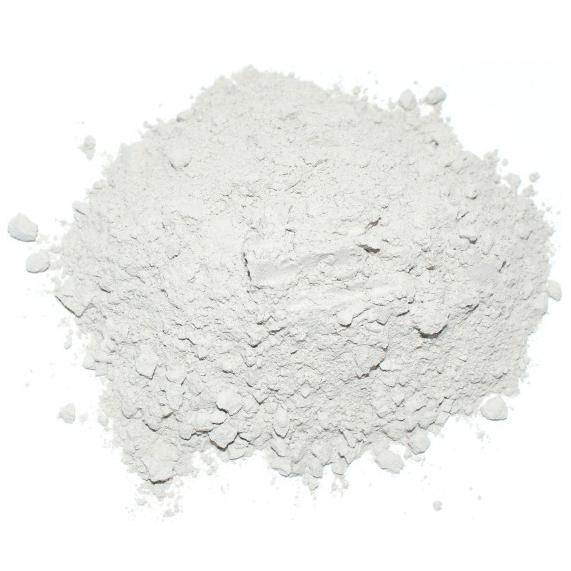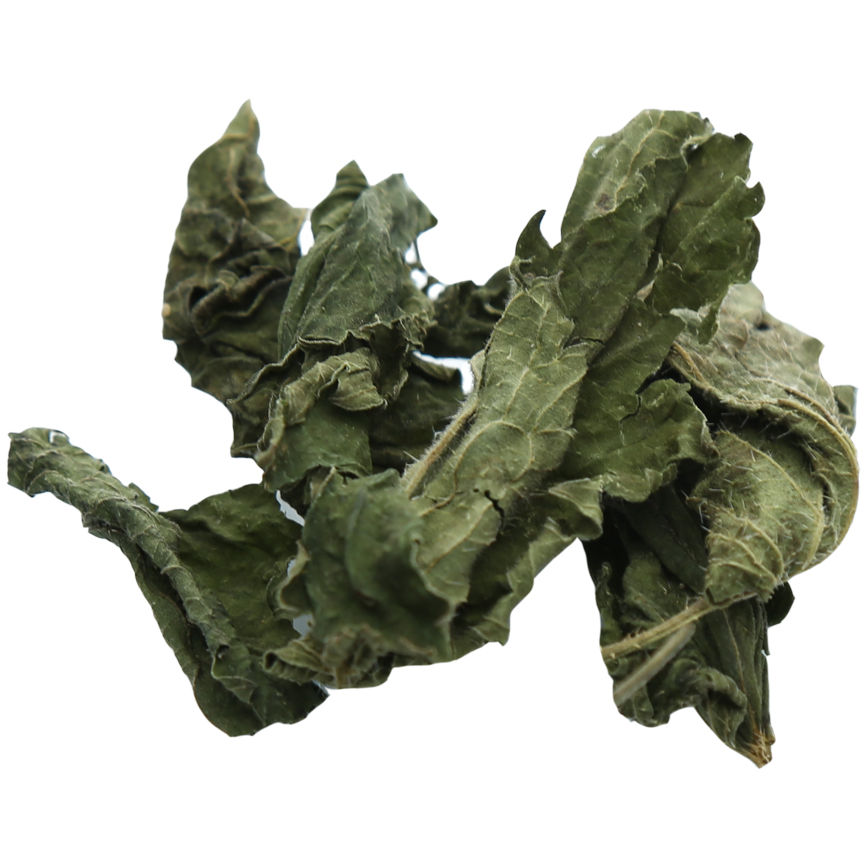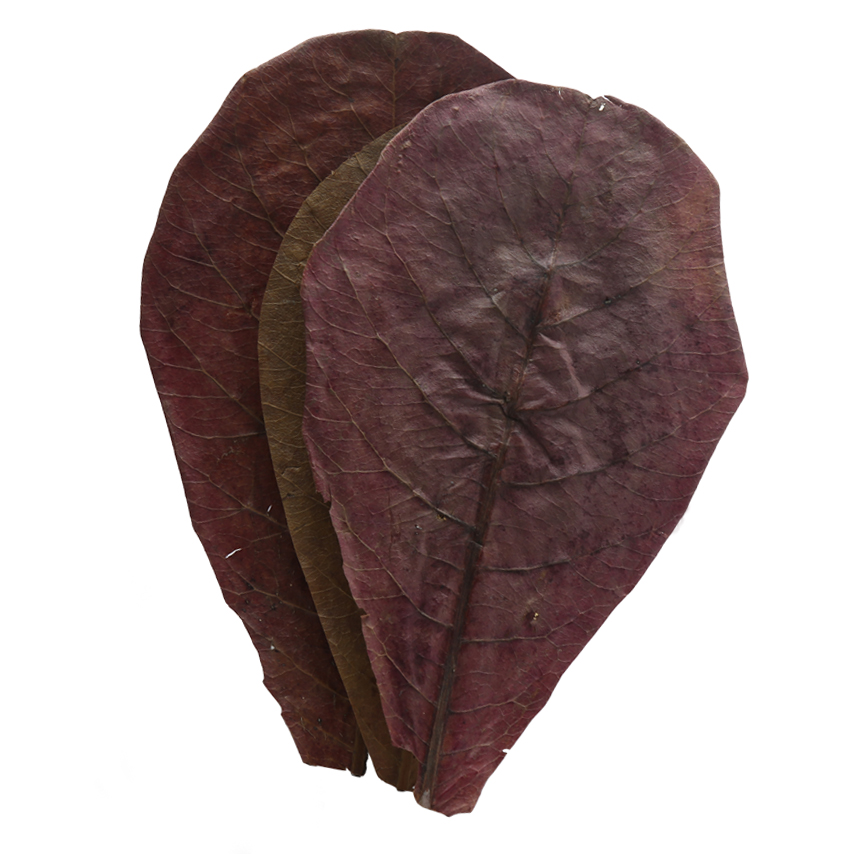Green Babaulti Shrimp
Caridina cf. babaulti "Green"
The variable body coloration makes the Green Babaulti an interesting and pretty aquarium resident.
- pretty wild form
- green to orange colored
- easy to maintain
Out of stock
Receive in-stock notifications for this.
 Delivery in a few working days
Delivery in a few working days
 Free shipping from €60 across Austria
Free shipping from €60 across Austria





Important data
Product description & details
The Green Babaulti Shrimp, Caridina cf. babaulti “Green”, comes from India and belongs to the Babaulti shrimp species. It is characterized by a generally slightly slimmer body and is also a little more willing to swim than other dwarf shrimps. In addition to green individuals, individuals with a yellow to orange color also appear. Depending on the mood, the body color can change in a flash, which means that the same animal can sometimes look completely different.
Care in the aquarium
The Green Babaulti Shrimp is a robust and undemanding species that can be kept in an aquarium of 10 liters or more. It prefers clean and well-filtered water with a temperature between 23 and 28°C. A pH value between 6.0 and 8.0 and a hardness of 5 to 15°dGH are ideal for its well-being. This makes the Green Babaulti Shrimp ideal for keeping in soft to medium-hard tap water. In order for this sociable dwarf shrimp to feel safe, it should be kept in a group of at least 10 animals and in a well-planted aquarium. The plants, but also wood, stone structures or shrimp tubes offer it protection and places of retreat. It can be kept well with peaceful, small fish. Babaulti species can also be socialized well with Neocaridina and other Caridina species with suitable care requirements, as crossing between them is not possible.
Feeding
As a classic recycler of leftovers, the Green Babaulti Shrimp feeds on biofilm and algae growth as well as detritus (dead plant material, carrion, leftover food). In the aquarium it can be fed with special shrimp food, green leaves, algae powder and occasionally frozen food. Ideally, there are always brown leaves in the aquarium, which represents ideal permanent food for the animals.
Sexual characteristics and breeding
Sex determination is usually not possible in young animals, but only in sexually mature animals. Juveniles and males have a narrower underside of the abdomen, while sexually mature females have a wider underside that covers the swimming legs like a “skirt”. This widening of the abdomen serves to protect the eggs, which the female carries and cares between her swimming legs for around 4-6 weeks until they hatch. Beforehand, the eggs are also clearly visible as a bright egg spot on the female’s neck. As with most dwarf shrimp, the adult female Green Babaulti are also slightly larger than the males and are often more opaque in color. The Green Babaulti Shrimp reproduces in fresh water. In contrast to most dwarf shrimps of the genera Caridina and Neocaridina, the females of the Green Babaulti do not release finished juvenile shrimps, but rather around 20-50 benthic larvae, which only develop into full-fledged shrimps a few days after hatching. The newly hatched larvae live on the ground, are tiny and require very small food such as microorganisms and dust food to grow. For successful breeding, we recommend a well-established species aquarium in which there is also some sludge.
